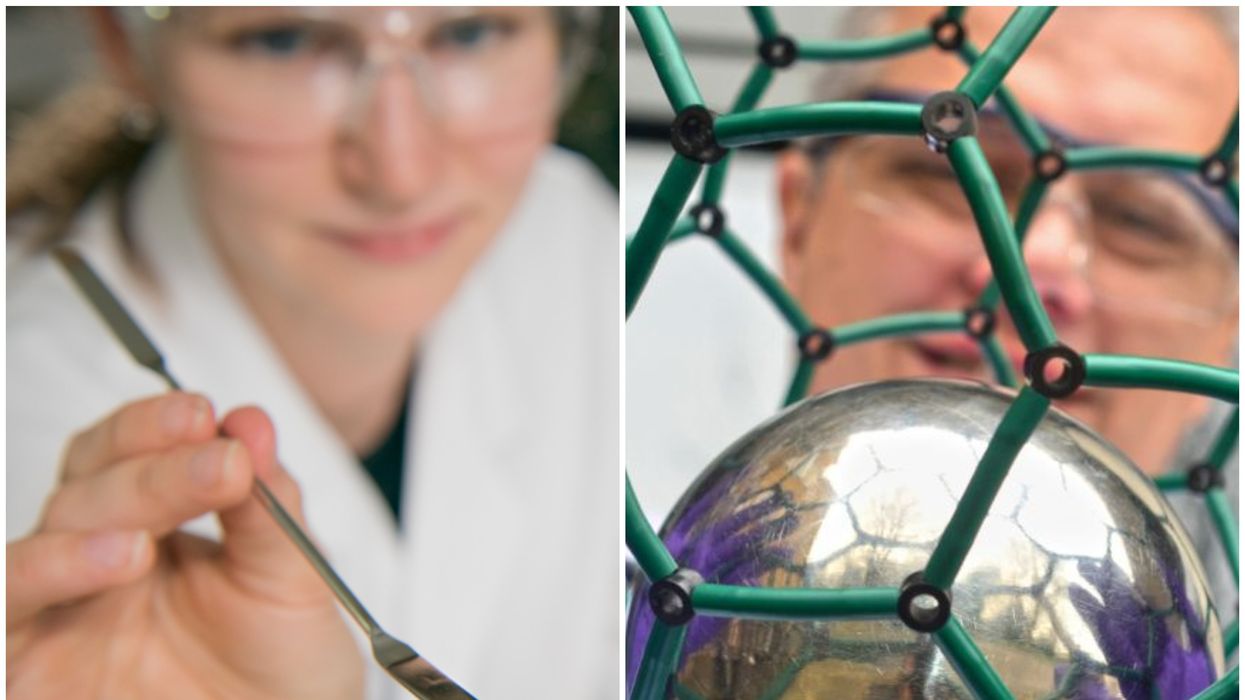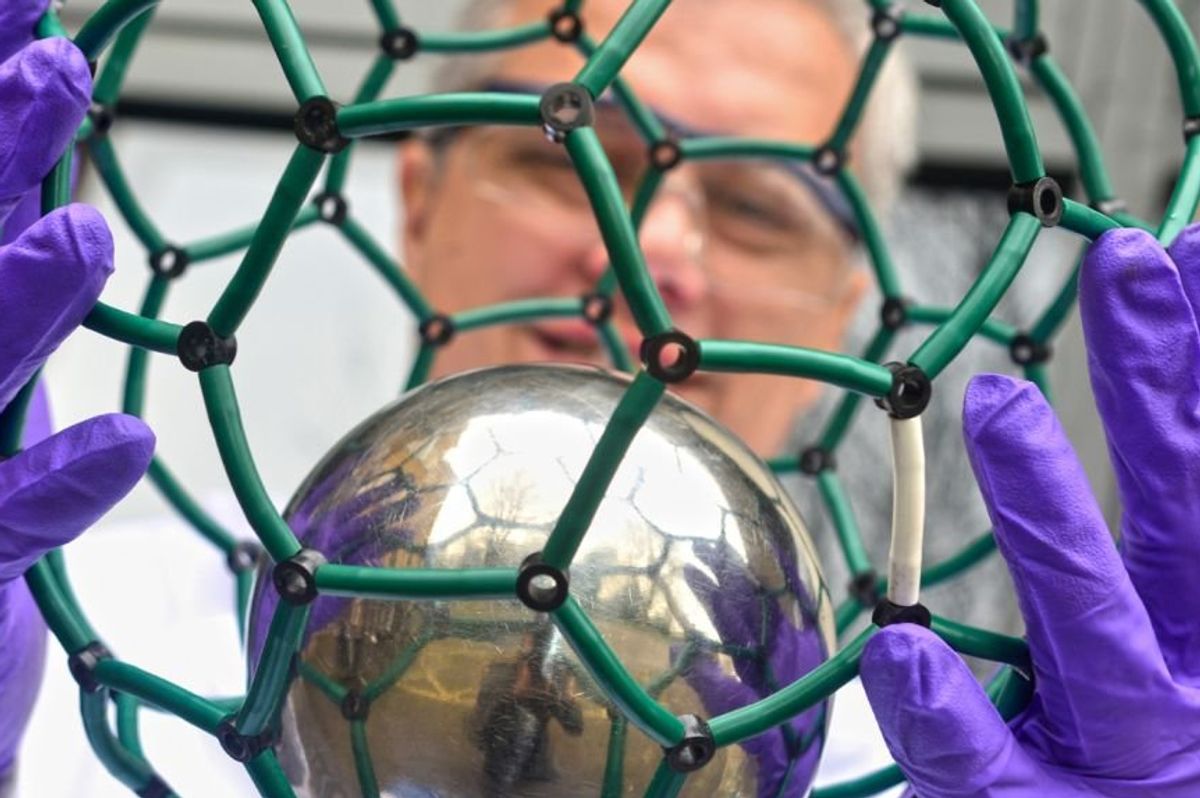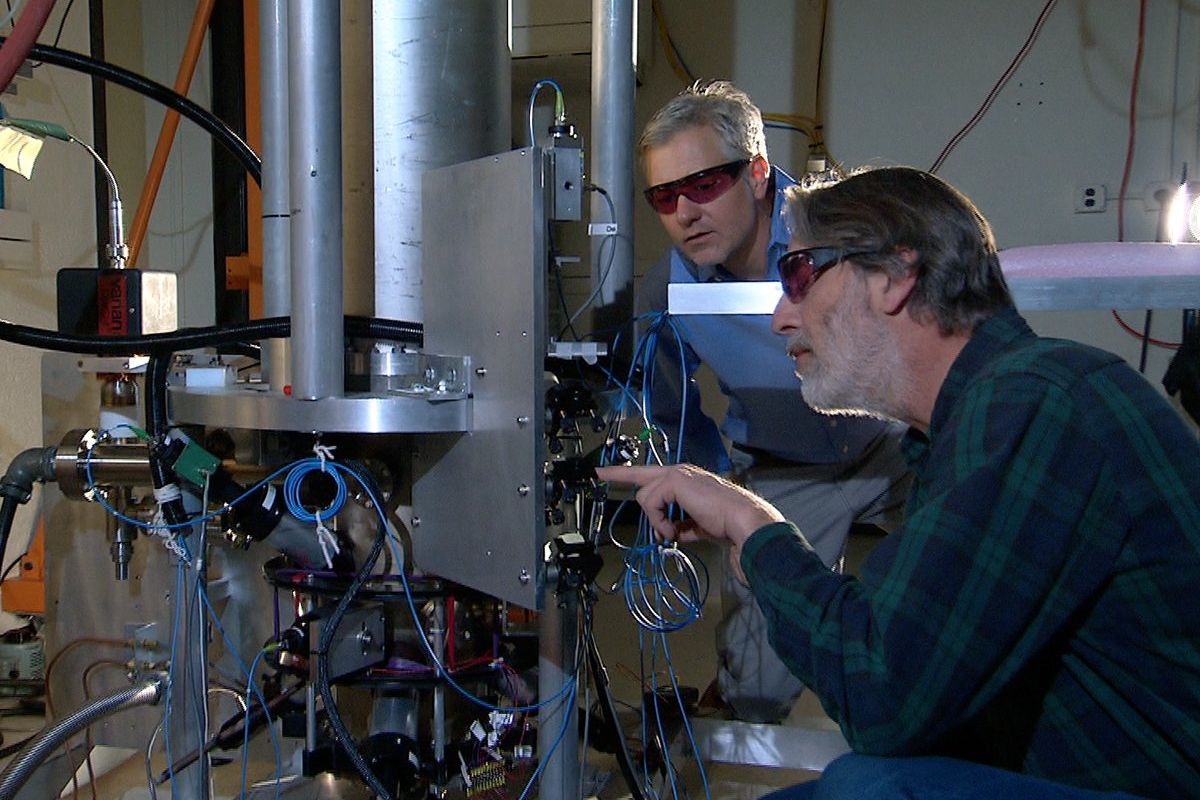Harriet Brewis
Aug 03, 2025

The carbon-based material consists of an atom of nitrogen enclosed in a cage of 60 carbon atoms
(The University of Oxford)
The most expensive thing you can buy isn’t a palace, a metal or even a jewel.
Rather, it is a powder that most of us have never heard of.
Sure, some people are willing to fork out thousands for other kinds of powders – namely illegal drugs – but you won’t find this one being snorted in the toilets of a seedy nightclub.
That’s not only because of its function but also because of its price tag: this material can sell for a whopping £110 million ($140 million) for less than a gram.
The extraordinary value of the powder, named Nitrogen Atom-Based Endohedral Fullerenes, is down to the unimaginably high cost associated with obtaining even the tiniest amount of it.
This has enabled the University of Oxford to hail it as “the most expensive thing on Earth.”
Experts at the renowned institution promoted this headline after scientists at the start-up Designer Carbon Materials, who developed the substance, sold their first 200mg of the stuff for £110 million ($167 million at the time) back in 2015.
In simple terms, Nitrogen Atom-Based Endohedral Fullerenes consists of a cage of carbon atoms containing nitrogen atoms.
These molecules boast significantly enhanced physical and electronic properties compared to "normal" ones – in this case, a long electron spin lifetime, as Ars Technica reports.

Now, these fullerenes are being used to build incredibly accurate, and small, atomic clocks – the most accurate time-keeping system in the world.
Typical atomic clocks are the size of an entire room, Oxford University notes in a news release on its website, so you can see why it might be handy to scale them down.
Atomic clocks are a key component of GPS systems, and the ability to make mini ones would revolutionise not just route advice, but the potential of driverless cars by making their navigation technology accurate to 1mm.
“Imagine a minaturised atomic clock that you could carry around in your smartphone,” Dr Kyriakos Porfyrakis, a nanomaterial scientist who has been working on the material since 2001, told The Telegraph back in 2015.
“This is the next revolution for mobile.”

Carbon atoms exist in many forms, including everyone’s favourite: diamond. This fullerene is made up of 60 carbon atoms, the same paper reports.
“At the moment, atomic clocks are room-sized," Lucius Cary, a director of the Oxford Technology SEIS fund, also told TheTelegraph.
"This endohedral fullerene would make it work on a chip that could go into your mobile phone.
"There will be lots of applications for this technology," he went on. "The most obvious is in controlling autonomous vehicles. If two cars are coming towards each other on a country lane, knowing where they are to within 2m is not enough but to 1mm it is enough.
"Every mobile phone could one day contain one of these things.”
And given he said that back in 2015, that day is drawing ever closer...
This article was originally published on 14 October 2024
Why not read...
Baba Vanga's prediction for 2025 is the most chilling yet
The world's 'oldest' baby has just been born - and he's already 31 years old
Sign up for our free Indy100 weekly newsletter
Have your say in our news democracy. Click the upvote icon at the top of the page to help raise this article through the indy100 rankings
Top 100
The Conversation (0)













